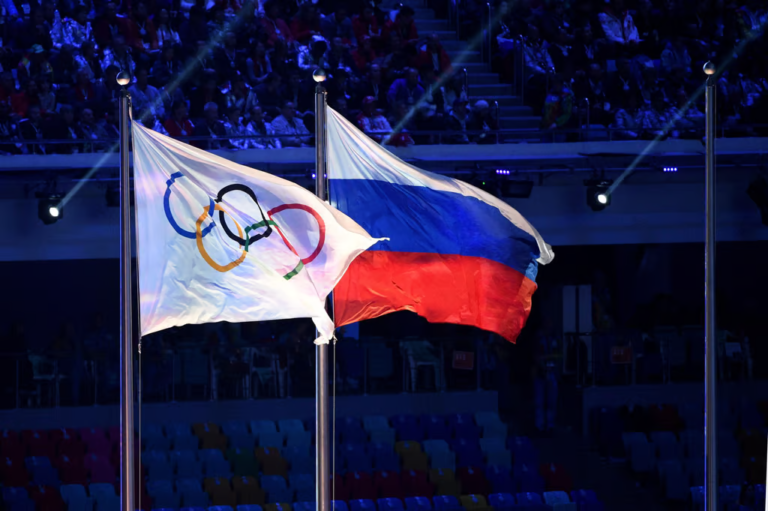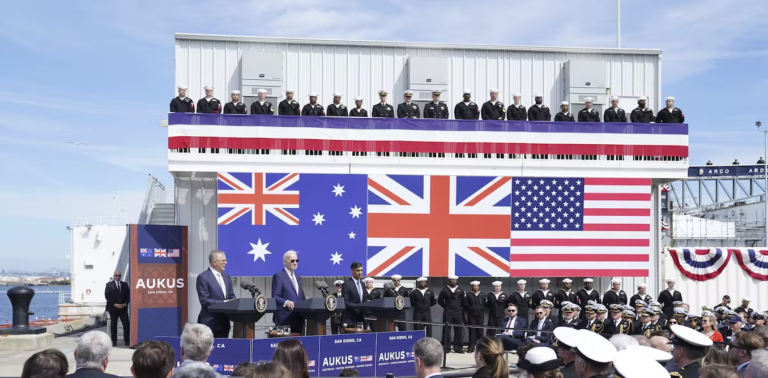As the expiration of the Korea-Japan Continental Shelf Agreement approaches, there is a growing concern surrounding potential political repercussions on the relations between the two nations. The agreement to share mining and oil rights was signed in January 1974, and it constitutes a rare moment of friendship in the history of Korea-Japan relations. However, the agreement has morphed into “a ticking time bomb” following the Camp David trilateral summit with the United States.
The agreement, officially ratified by Japan in June 1978, is set to expire in 2028, marking fifty years since its inception. Starting June 2025, however, either party could notify the other for termination. Notably, this falls before South Korea’s presidential election scheduled for March 2027.
South Korea had high hopes for natural resource development—so much so that a song that pays homage to “Mining Block 7” was written in 1980. However, the hope has been disproven. Since 2010, Japan has taken no action on the joint development, halting all efforts.
Japan’s inaction toward the deal is closely tied to changes in the landscape of international maritime law. For context, the natural prolongation theory of the continental shelf, based on International Court of Justice (ICJ) rulings on the North Sea Continental Shelf, was the predominant application at the time of the agreement. Consequently, Japan had little choice but to accept the prolongation boundary—dubbed Block 7—near Japan’s Kyushu Island. Most of the Joint Development Zone (JDZ) was located on Japan’s side, making it an unfavorable outcome for Japan.
In 1982, when the new United Nations Convention on the Law of the Sea (UNCLOS) was signed, the median line principle became the primary guide for maritime boundary delimitation. In 1985, before the UNCLOS took effect in 1994, the ICJ ruled in favor of the median line principle for the continental shelf boundary between Malta and Libya, further feeding Japan’s aloof attitude toward joint development efforts.
Geological surveys of the early 2000s at the JDZ inspired optimism in South Korea and reservations in Japan. Around the same time, China began producing natural gas offshore in Chunxiao (or Shirakaba) near the JDZ. Japan asserted that China was exploiting the same resource reserve as Japan’s hypothetical continental shelf and switched over to signing a joint development agreement with China. The two nations set up another zone just half a nautical mile west of Block 7 so Japan could observe China’s moves. Interpreting Japan’s action and recollecting ESCAP’s Emery Report (1969) and the Wilson Center report by Selig Harrison (2005), both highlighting substantial resource potential, South Koreans held high expectations of maritime development. However, differing attitudes from Japan and Korea toward further cooperation on the current JDZ suggest a bleak outlook for their relations following the agreement’s expiration.
The Japanese government and media have remained silent on this topic since 2010. In Korea, while a few look forward to an extension of the agreement due to the amicable relationship between the current leaders of the two nations, it is worth remembering that Japan unilaterally terminated a fisheries agreement in January 1998 when Kim Dae-Jung, whom Japan relatively favored, was a president-elect. Banking on the current good relations may be unwise.
On the sidelines, China can gain an upper hand in the situation. If the United States continues to turn a blind eye, China may seize the opportunity to take advantage of anti-Japanese sentiment within South Korea, pulling Korea away from the United States and Japan. For instance, the East China Sea would again become the center of a free-for-all dispute over sovereignty and EEZ boundaries. One potential risk is Taiwan’s public opinion swinging toward China over the sovereignty of the Senkaku Islands as discussions on EEZ delimitation lines renew.
Moreover, as observed in the Chunxiao case, China’s naval activities in the East China Sea could gain more legitimacy on independent offshore resource development and the deployment of military vessels for “protection purposes.” Such a situation would enhance China’s strategic presence while potentially burdening the United States with its diminished justification for involvement in the East China Sea. This would also spill over to the South China Sea, further eroding the United States’ influence in the Indo-Pacific region.
Therefore, it is crucial for the leaders to swiftly engage in discussions regarding the extension of the Korea-Japan Continental Shelf Agreement. The Norway-UK continental shelf boundary delimitation process in 1965 offers a valuable precedent. A median line boundary was drawn between the two nations. Based on prolongation calculations, the UK would have had a geological advantage in drawing the line near Norway’s shores. However, the two nations decided to draw a median line boundary. As both were NATO members, the agreement chiefly focused on regional security amid the height of the Cold War.
In the wake of the United States’ involvement in the Israel-Hamas War on top of Ukraine, Indo-Pacific regional stability has become more important than ever. How the Continental Shelf Agreement unfolds between South Korea and Japan is now a critical variable for regional stability. As a key player in the trilateral cooperation, Japan must end its silent diplomacy. Japan and Korea must come together before it’s too late and engage in a constructive and pragmatic discussion, possibly with U.S. mediation. Failure to do so will derail all progress in improving bilateral relations, turn Korea’s public opinion against Japan, and allow China to gain more influence.
Source : TheNationalInterest







